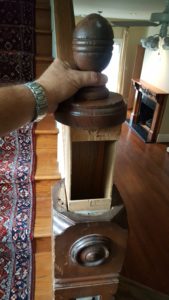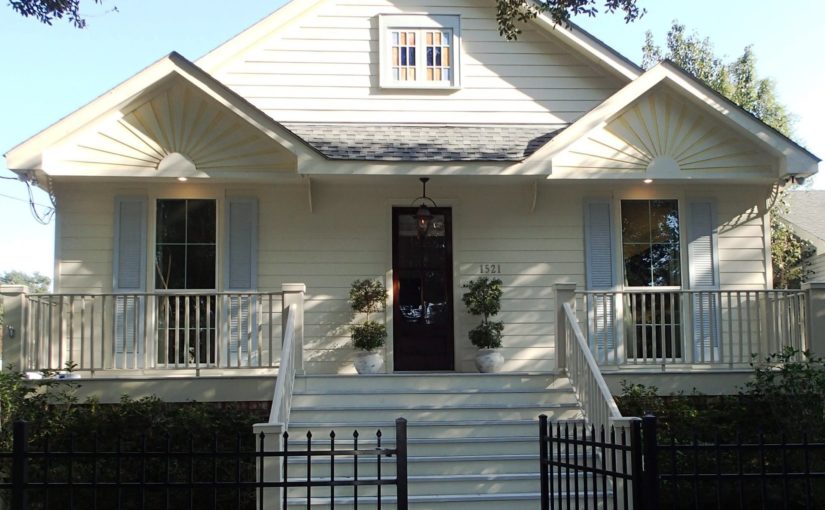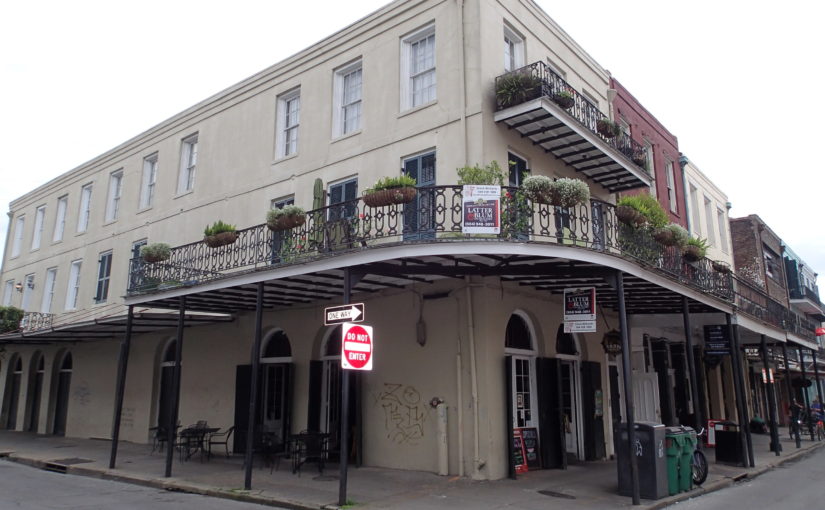| There are several steps involved when buying a home. Some of the steps are straight forward but others are a little more involved. The whole process goes something like this; Get pre-approved for a loan; find your dream home; win bidding war of dream home; get a home inspection; get an appraisal; complete purchase; move in.
The difference between an inspection and an appraisal put in simple terms; What you should know about home inspections: · What it is: A home inspection is the process by which a Home Inspector visually examines the readily accessible systems and components of a home and describes those systems and components in accordance with the Standards of Practice. · Inspection report: A written evaluation of two or more systems of a resale residential building or any other related residential housing system as defined in the standards of practice. · Why you need it: An inspection will assist the buyer of the condition of the home and its components. Any deficiencies, safety issues, and deferred maintenance will be mentioned. · When it happens: Once your offer has been accepted you have an inspection period. This time gives you the opportunity to inspect the property. It also gives you the opportunity to withdraw your offer or renegotiate the offer should any major or unexpected issues with the property arise. · What’s covered: A home inspection includes the roof, structure, exterior, HVAC systems, plumbing, electrical systems, interior, and more. · How you’re involved: Your inspector will walk you through all the things he/she has found if you are on site. However, I have many clients who are unable to attend the inspection, but call them afterwards to give a verbal overview of the inspection. A good inspector is available by phone or email should you have questions after you have left or if you are unable to attend the inspection. Make sure the home inspector is experienced, licensed and insured. The home inspection is designed to protect you, and your investment, so don’t skip a home inspection to save a few bucks. A home inspector who does what he is supposed to do and writes a good report will provide you with information you need to make an informed decision about the home you have chosen. Sometimes the information in the report can be used in your negotiations. So choose your inspector carefully. |
Month: May 2018
Space Heater Dangers
Inspecting Historic New Orleans Homes
Inspecting historic homes in New Orleans has its challenges and rewards.
The home may be in a historic area and subject to restrictions or regulations on alterations or repairs. The Vieux Carré Commission is a good example of a historic district. This commission preserves, protects and maintains the architectural, historic character and zoning integrity of the French Quarter. It does this by regulating all repairs, alterations, and construction of any building element on the exterior whether visible from the street or not. Owners not in compliance are charged with violations of the infractions. A sample of the Vieux Carré Design Guidelines.
Historic or older homes may not be up to current code or compliance since the building was built before these codes existed. We will use the stairs of an 1860’s Creole Townhouse as an example. The stairs were typically enclosed and positioned between the rear service wing and the main house. The rise and run of these older stairs may not meet today’s standards for compliance but are still functional. You definitely would not tear them down to build new ones. Below are some of the items as examples that differ in older homes.
Structure – Many historic homes in New Orleans were built with solid masonry walls unlike the brick veneers you find on newer homes. What this means is the solid brick wall is actually structural where the brick veneer is just a cladding. The brick veneer can be removed and the structure will still be standing, while a solid brick wall is removed the structure collapses.
Electrical – It’s not uncommon to find electrical wiring from different eras in the home. At times I come across the old gas lines in the attic used for gas lamps that hung from ceilings, more on this in the plumbing section. Many times I’ll find older knob and tube wiring (pre-1940) alongside older grey cloth wiring (1940-1955), aluminum wiring (1960-1970) and even newer Romex. Sometimes the older wiring is active and may be connected to newer wiring.
Plumbing – As mentioned above, the older gas lines used for gas lamps are sometimes still in place but most have been abandoned or capped. Galvanized supply lines can still be found and in use. Cast iron waste lines in the crawl space can still be found.
While these are not the only items inspected during a home inspection, they offer examples of the things we find. Every now and then we come across something cool like a secret hiding place like the one pictured in this newel post. The home it was found in was a Creole Cottage and built around the late 1700’s to early 1800’s.



